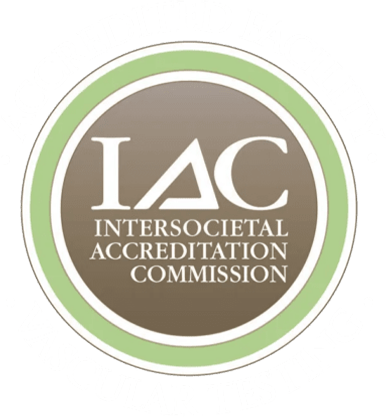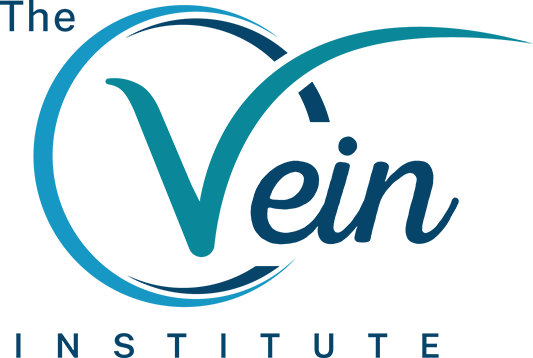
It’s widely assumed that only adults get spider veins. The Vein Institute of Jacksonville says that’s untrue. While adults, particularly women, represent the largest sector of patients by far, children may also be susceptible to vein conditions.
What are Spider Veins?
Spider veins essentially are dilated blood vessels that form when weakened valves diminish a blood vein’s ability to push blood back to the heart. As a result, blood pools inside the veins, causing them to swell and bulge. Spider veins typically appear on a patient’s legs and feet and resemble a spider web or tree branch, with broken up capillaries producing short and jagged lines. They can be bluish, reddish or flesh-toned in color and may appear flat or bulge slightly above the skin’s surface.
Reasons Why Spider Veins Occur in Children
- Heredity: The tendency to develop abnormal veins is largely hereditary. So, if you or your parents have spider veins, chances are your children will develop them at some point in their lives. Many patients report noticing their first spider vein as a young teenager.
- Obesity: Extra weight is a top cause of spider veins and varicose veins – no matter the patient’s age.
- Tight clothing: Clothing that’s tight around the waste, upper thighs and legs can contribute to spider veins. (Note that compression hose, used to treat spider veins varicose veins, are worn on the lower part of the leg and feature a graduated tightness.)
- Other conditions: Spider veins in children may be a symptom of a more severe underlying medical condition such as scleroderma, a degenerative disease associated with blood vessel abnormalities. Children may also be born with venous malformations that may appear, in part, as spider veins.
These are some of the reasons why children get spider veins.
Most children do not require treatment; however, if you have concerns, call The Vein Institute of Jacksonville at 904.373.1237 (VEIN) or use our online consultation scheduling form.
Frequently Asked Questions

IAC Accredited Vascular Testing
We are proud to be distinguished as an IAC Accredited Vascular Testing Facility. The Vein Institute adheres to the strictest national guidelines for vascular testing, demonstrating a commitment to the highest quality patient care.
During hot summer weather, the symptoms of varicose veins tend to worsen, causing more pain and inflammation. About 24 million Americans suffer from vein issues, and the high temperatures can exacerbate these conditions, leading to discomfort and swelling. How can you keep your varicose veins from worsening when the weather gets warmer? At The Vein […]
As you already know, pregnancy can bring significant changes to the body, but did you know that up to 40% of pregnant women experience varicose veins during pregnancy? When pregnant, women are also up to five times more likely to develop vein conditions as compared to those who are not pregnant. At The Vein Institute, […]




